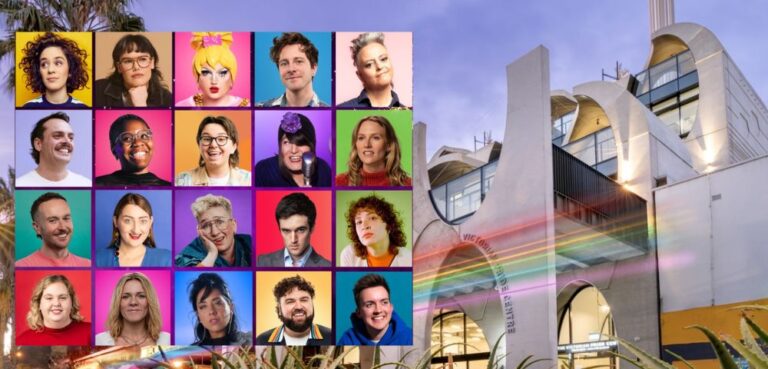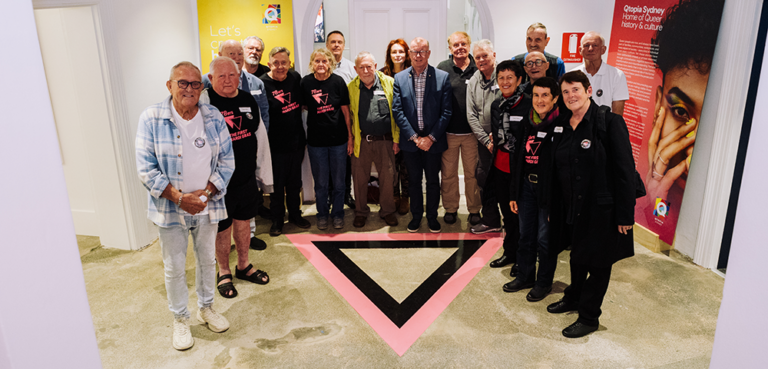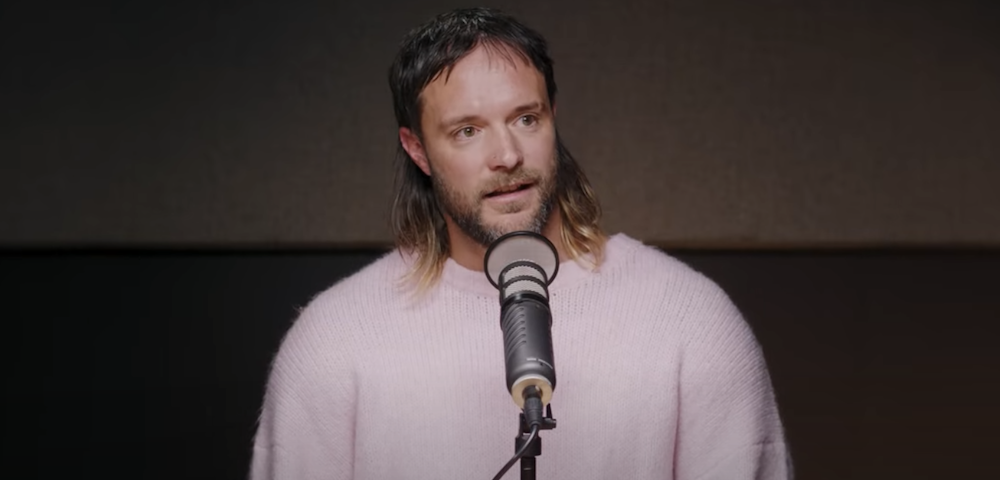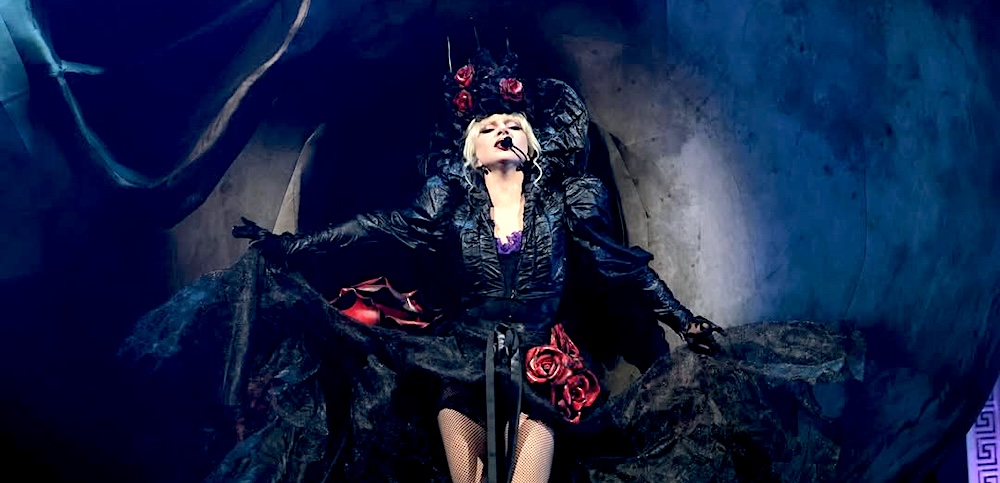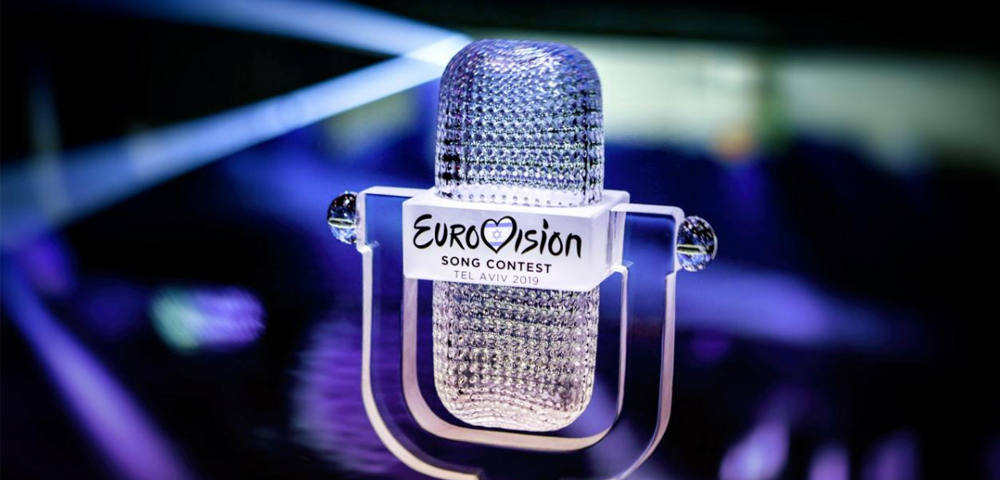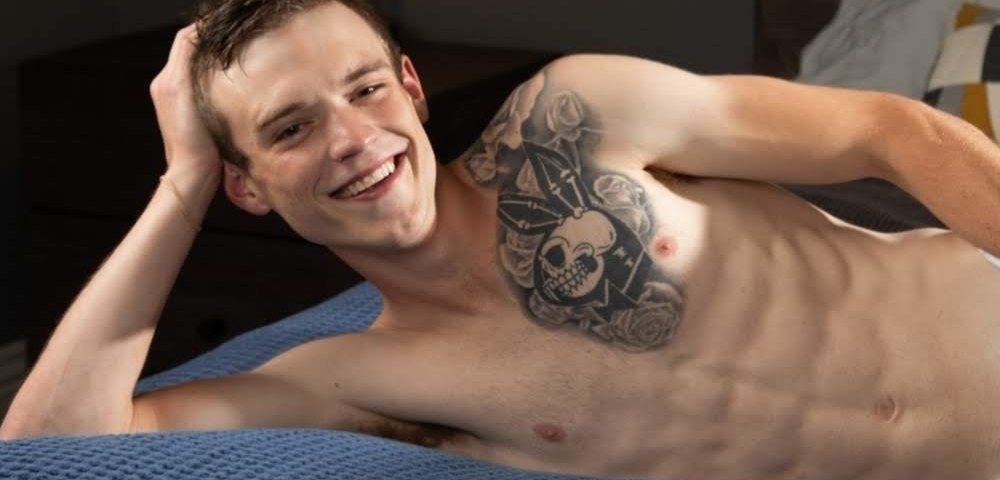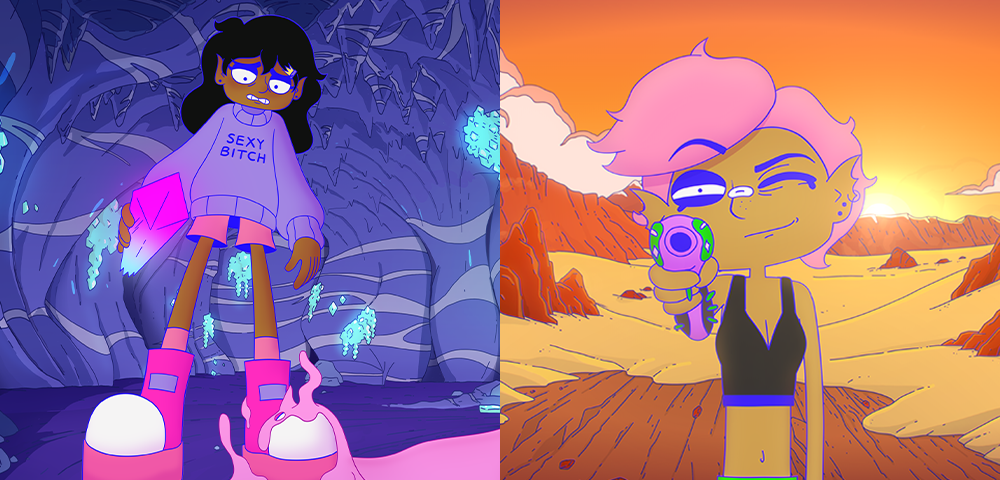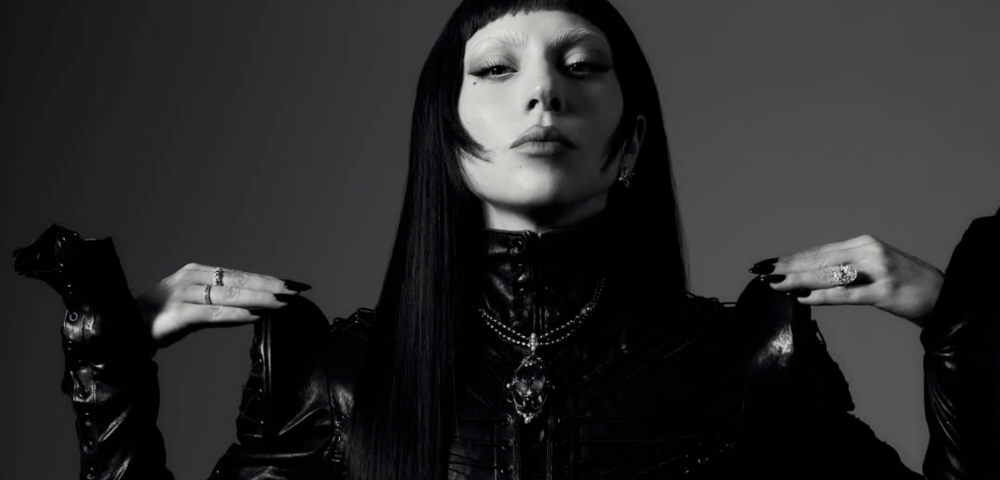
Glitter & Grit: SBS Explores How The Longest-Running Gay Rodeo Is Faring In Trump’s America
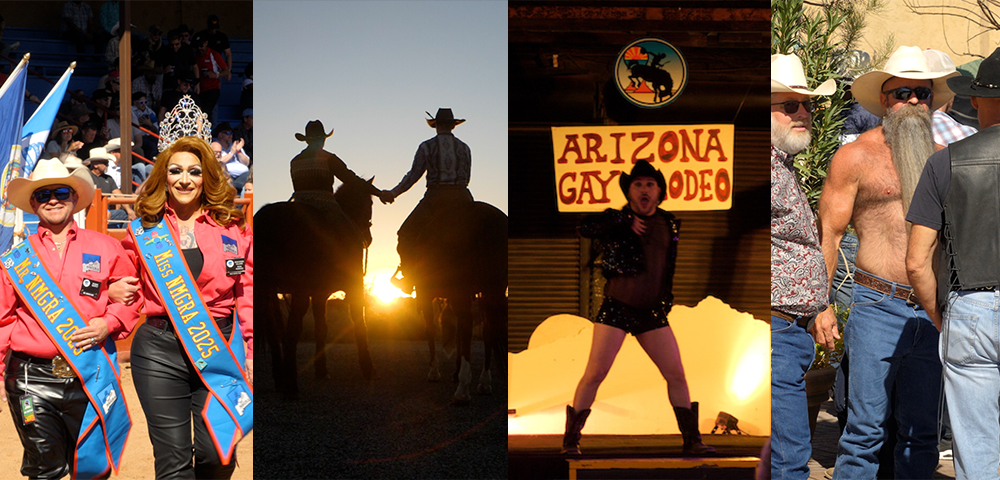
The Arizona sun beats down hard on the dusty rodeo ring. A steer bucks, a drag queen clutches her sequinned hat, and a gender-fluid bull rider wrestles a beast twice their size with grace, grit and glitter. This is the Arizona Gay Rodeo — the longest-running event of its kind — and the heart of a compelling new Dateline episode airing this week on SBS.
Dateline’s Rhiona-Jade Armont takes viewers deep into the world of queer cowboys and rodeo queens — a place where spurs and sparkle collide, and joy is an act of resistance.

“We were looking for a way to tell the story of where the LGBTQIA+ community is at the moment,” Armont explains. “And we wanted to do it in a way that wasn’t heavy-handed or distant from people’s everyday lives. The rodeo gave us this unique, unexpected microcosm to explore.”
In a rodeo that’s as serious as it is subversive, she found a high camp yet high octane world that defies expectations — one that thrives on paradox.
“There’s nothing more like exciting than the contrast of a drag queen on a bucking bull,” she laughs. “Seeing these kinds of worlds collide that you think shouldn’t go together — but ‘gay’ and ‘rodeo’ obviously go together.”

At first glance, rodeo may seem like a bastion of traditional American masculinity — a rough, rowdy world reserved for Marlboro men and good ol’ boys. But the gay rodeo turns that archetype on its head.
Armont explains that from the beginning, gay rodeo has included women and gender-diverse competitors. “It’s always bucked the trend in that way,” she says.
“These events are tests of ranching skills, people coming together to see who can rope fastest, hold on longest… There’s nothing inherently masculine about that.”

Among those shifting the narrative is Moss, an animal rescue officer from the Jersey Shore that competes in shoot-dogging (if this actually is your first rodeo, shoot-dogging is kind of steer wrestling competition).
For Moss, the rodeo is more than a competition — it’s the only place they feel safe enough to exist as themselves.
“But they told us that even here, they struggled to register under their chosen rodeo name instead of their legal name,” Armont recalls. “They said the wrestling that happens in the arena is the only kind wrestling they enjoy — everything outside of that is a much scarier proposition.”
Outside the gates, however, reality bites. The rodeo unfolds against a backdrop of escalating anti-LGBTQIA+ rhetoric and policy under Donald Trump’s resurgence as US President. With several executive orders and more than 120 anti-queer bills filed across US states in 2024 — as well as Diversity, Equity & Inclusion (DEI) initiatives repealed, trans rights curtailed, and a constant drumbeat of “two genders” ideology — queer Americans, particularly trans and non-binary people, are under siege.
Armont says that people she spoke to at the rodeo are feeling it in every part of their lives. “One of the bull-riding champions is a federal worker who’s worried about getting laid off due to the cuts. You have other people who are gender fluid, who… have to be worried about what gender markers they’re going to have on their official documents. It affects them in their personal lives.”

But the LGBTQIA+ is not a homogenous group, and even within the queer rodeo community, there are divisions. Armont says that the rodeo circuit visits a lot of red states – so there were, of course, Trump supporters, who told her they believed in binary gender. “There’s divisions there that you don’t expect, I think — it’s a diverse community. But I think that they’ve got more of a reason to unite now more than ever in a place like gay rodeo.”
And they do. On the weekend Armont visited, more than 10,000 people showed up — a staggering turnout for a queer event in a historically conservative state like Arizona. But she says that while it has long been a safe space for the LGBTQIA+ community, over the decades, more and more allies have started attending gay rodeo events. “There’s even some straight competitors have been coming for 38 years because they feel more comfortable there,” she says.
In that dusty ring, allies compete alongside queens, bulls buck beneath sequins, and chosen family takes root. And Armont says that they certainly don’t agree on everything — but families never do.
“They disagree on so many things at gay rodeo, like whether men and women should compete together, or if there should be seperate… events. But the one thing they agree on, is that this is a chosen family, and that you show up and you are loved for who you are.”

The rodeo may be a niche interest event within the queer community, but its message is universal: joy and self-expression is a form of resistance. And in Trump’s America, queer joy is needed more than ever.
“Seeing an event like gay rodeo, you realise that that queer resistance and joy go hand-in-hand — like, the way that this community has been able to celebrate itself has been a form of resistance,” Armont reflects.
“[The gay rodeo] just such a warm and inviting space and I think, you know, it rubs off on you. You really can’t not love a place like this. It really just hits at the heart of what everyone wants, which is just a sense of community and a sense of belonging — and gay rodeo will give you that, no matter where you come from or or who you love.”
Dateline’s ‘America’s Gay Rodeo’ episode is on at 9:30pm Tuesday May 6 on SBS and SBS On Demand.


